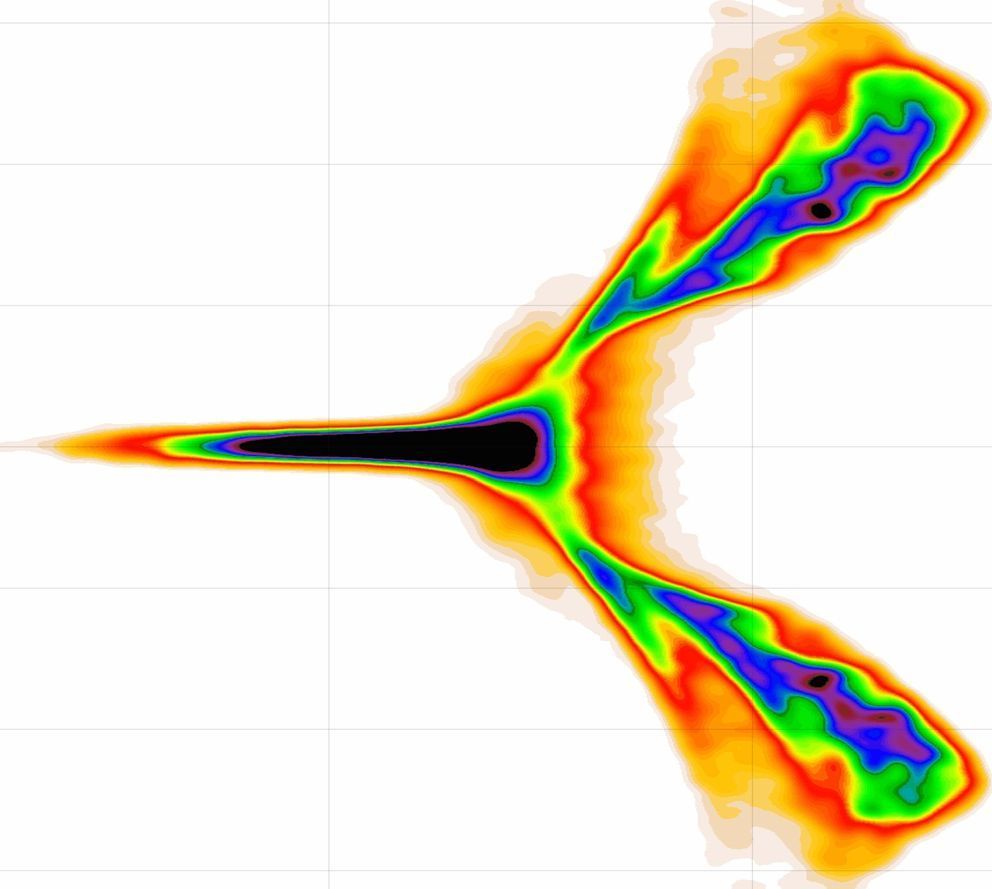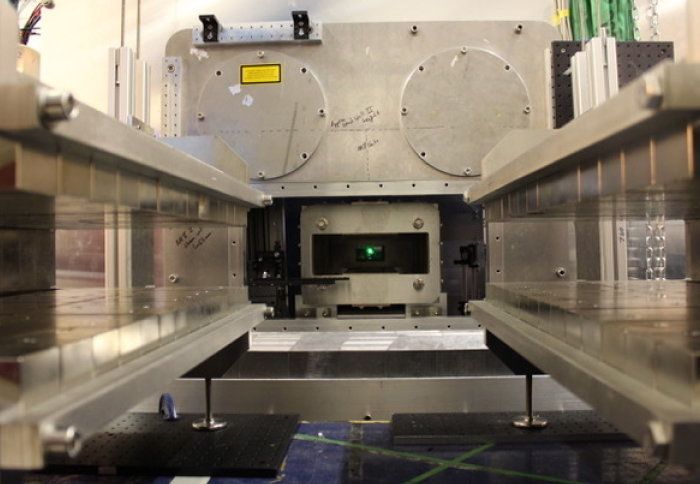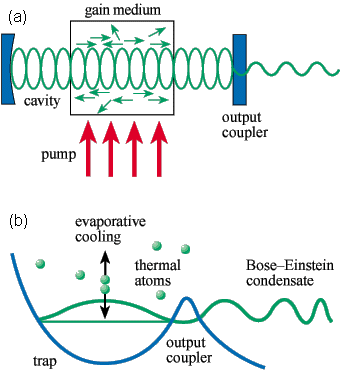Page 8741
Jun 4, 2019
Mini antimatter accelerator could rival the likes of the Large Hadron Collider
Posted by Quinn Sena in categories: computing, cosmology, particle physics, transportation
Researchers have found a way to accelerate antimatter in a 1000x smaller space than current accelerators, boosting the science of exotic particles.
The new method could be used to probe more mysteries of physics, like the properties of the Higgs boson and the nature of dark matter and dark energy, and provide more sensitive testing of aircraft and computer chips.
The method has been modelled using the properties of existing lasers, with experiments planned soon. If proven, the technology could allow many more labs around the world to conduct antimatter acceleration experiments.
Continue reading “Mini antimatter accelerator could rival the likes of the Large Hadron Collider” »
Jun 4, 2019
The Patent Subject Matter Reconfiguration and the Emergence of Proprietarian Norms
Posted by Quinn Sena in categories: business, evolution, law
This paper analyses the evolution of the institution of patent by examining the normative meaning of business method patents. A business method is defined as a process of converting abstract data to useful information, to be applied in business activities. A business method patent is a patent whose claims are directed to a business method, regardless of the claim format. In recent years, the patenting of business methods in the US, Japan and in Europe has generated a global claim of controversy. Business method patenting is often seen as an example of subject matter expansion, by which process the institution of patent accommodates challenges brought forth by the increased quantity of potential subject matter. As the subject matter expansion begs the question of what is the proper boundary of the patent law, this paper attempts to answer this question by examining relevant statutes and cases, the administrative examination guidelines of the patent offices, and the claims of business method patents issued in Japan, the US and Europe. Specifically, the thesis questions whether business method patenting signifies something more than a mere accretion of a subject matter, and is a reconfiguration of patent eligible subject matter; and whether this can be justified with the instrumentalism. The paper suggests that to include business methods as a patent-eligible subject matter, courts and patent offices in the US, Japan and Europe have commonly redefined the meaning of invention of technology, from the context of physical instantiation, i.e., physical transformation, to the level of conceptual instantiation, i.e., useful information. Although they are varying in their extensiveness, as a result, the practical definitions of patent-eligible subject matter in all three regions, understood from the issued patents, court decisions and examination guidelines, reflects this change. This thesis argues that this could signify the reconfiguration of patent-eligible subject matter.
Jun 4, 2019
Experiments underway to turn light into matter
Posted by Quinn Sena in category: particle physics
In laser facilities in the UK, Imperial physicists are testing an 84-year-old theory which was once thought impossible to prove.
The theory of the Breit-Wheeler process says it should be possible to turn light into matter by smashing two particles of light (photons) together to create an electron and a positron. However, past attempts to do this have required the addition of other high-energy particles.
Physicists from Imperial College London, led by Professor Steven Rose, came up with a way of testing the theory that did not rely on these added extras in 2014, and today an experiment is running in the hope of turning light directly into matter for the first time.
Jun 4, 2019
Scientists design a collider that turns light into matter
Posted by Quinn Sena in category: particle physics
We could see physical matter created out of nothing but light within 12 months if a new particle collider works as posited.
Inkjet printing is expected to fast track the commercialization of organic solar cells. Researchers from the KAUST Solar Center have exploited this technique to generate high-efficiency solar cells at large scales.
Organic photovoltaic materials could soon replace inorganic semiconductors in solar-powered devices because of their lightness, flexibility and low cost. These materials are easy to modify and process in solution, which makes them highly attractive for customization and large-scale production. In particular, customized solar cell designs can be used in conjunction with other printed electronics to power a plethora of applications, such as disposable electronics, intelligent packaging, interactive printed media and lab-on-a-chip devices.
Nonfullerene acceptors are emerging materials that have helped boost the efficiency of organic solar cells close to commercialization. These components are typically blended with electron donors in a light-responsive electrochemical layer. They have proven effective for drawing the light-generated pairs of electrons and negatively charged holes apart and maintaining electric current when exposed to sunlight. However, scale-up and manufacturing challenges have hindered efforts to transfer these materials from the laboratory to industrial and consumer-ready scales.
Gold, silver and copper are heavy metals, but LLNL scientists can now make them nearly as light as air—in a form so tiny it can ride on a mosquito’s back.
The groundbreaking science, part of a joint NIF/Physical and Life Sciences (PLS) project supported by the Laboratory Directed Research and Development (LDRD) Program, created these ultra-low density metal foams to give physicists better X-ray sources to employ in experiments that support NIF’s Stockpile Stewardship mission.
The foam is the product of a nearly decade-long research effort by members of the Lab’s NIF and PLS directorates for use on inertial confinement fusion (ICF) experiments at NIF, the world’s most energetic laser system.
Soon after the invention of the laser in the late 1950s many dubbed the discovery as a solutYou’ve reached the limit of what you can view on Physics World without registering If you already have an account on Physics World, then please sign in to continue reading If you do not yet have an account, …
Jun 4, 2019
Antipsychotic meds show promise in treating meningitis
Posted by Quinn Sena in categories: biotech/medical, health, neuroscience
French scientists find common mental health drugs combat rapid and sometimes deadly brain infection. Andrew Masterson reports.
Jun 4, 2019
Professor: Belief in Aliens Could Replace Traditional Religion
Posted by Michael Lance in category: futurism
The number of Americans who believe in aliens is now about the same as the number who believe in God.
Our relationship with aliens is mirroring the start of a new religion.
















